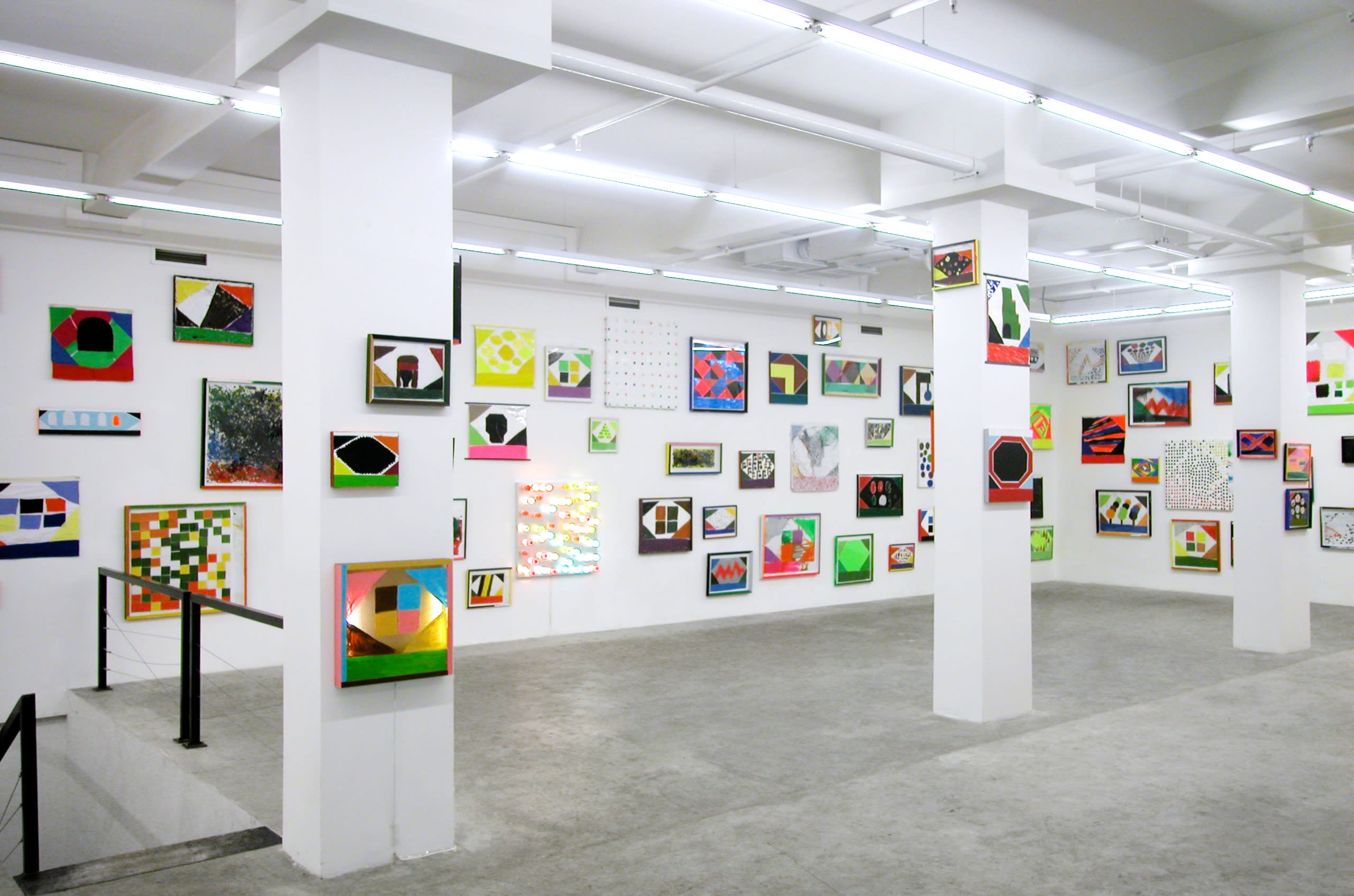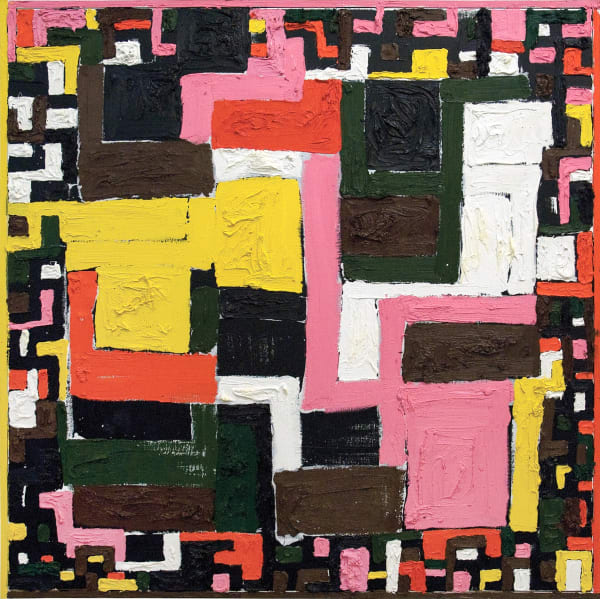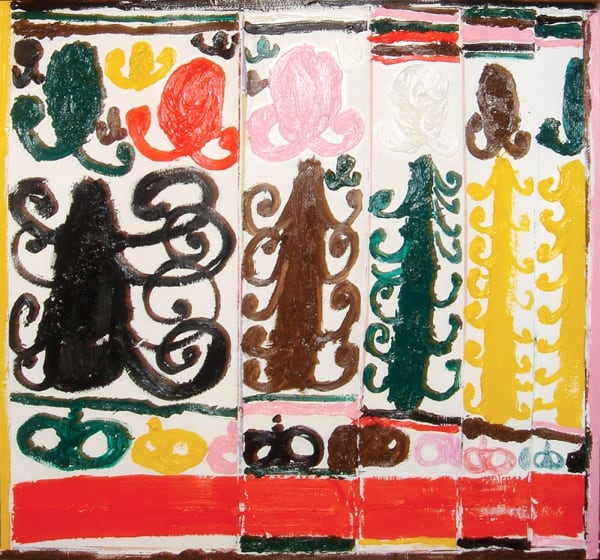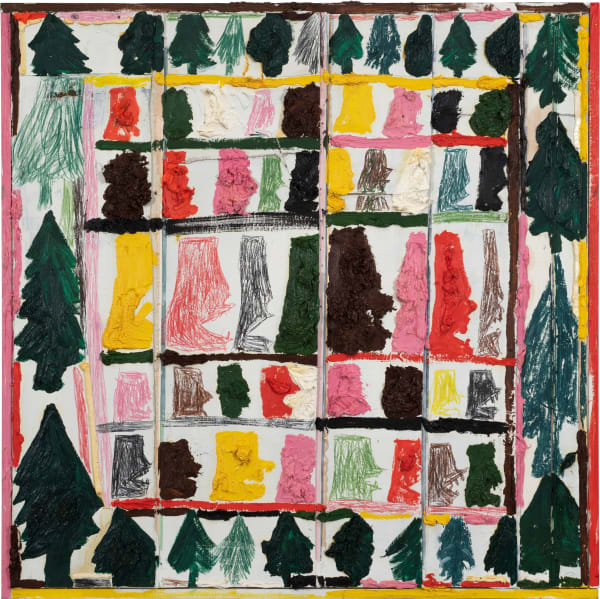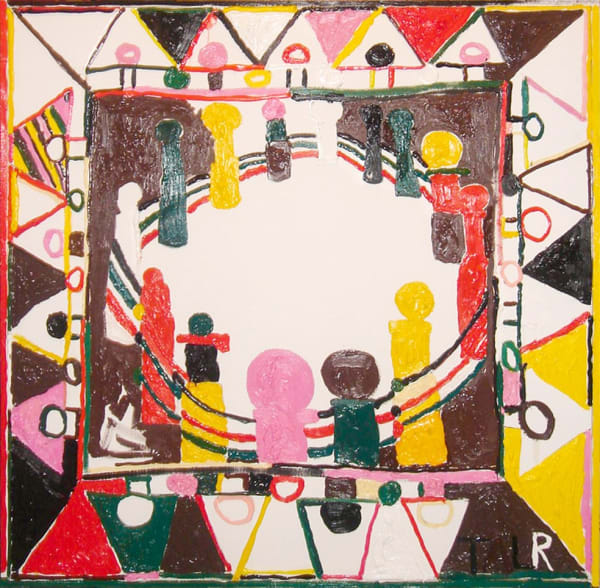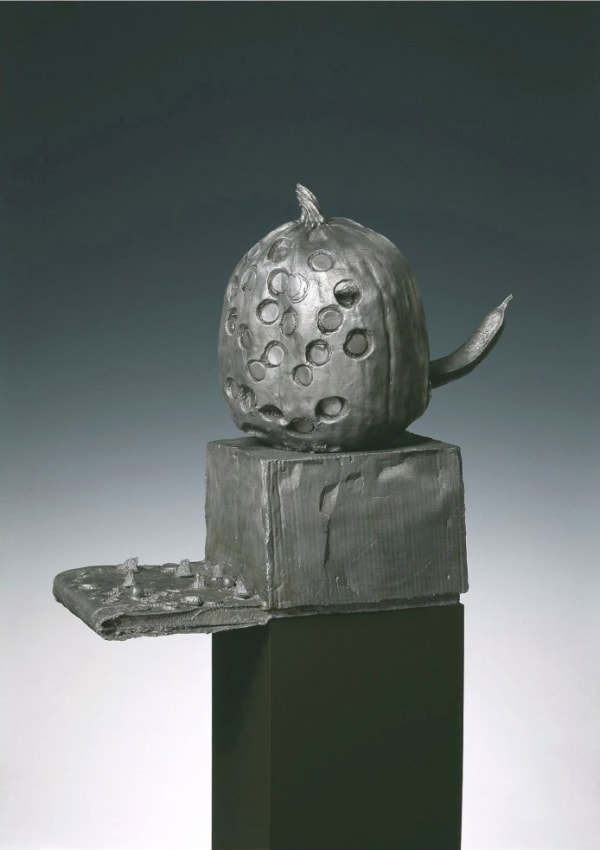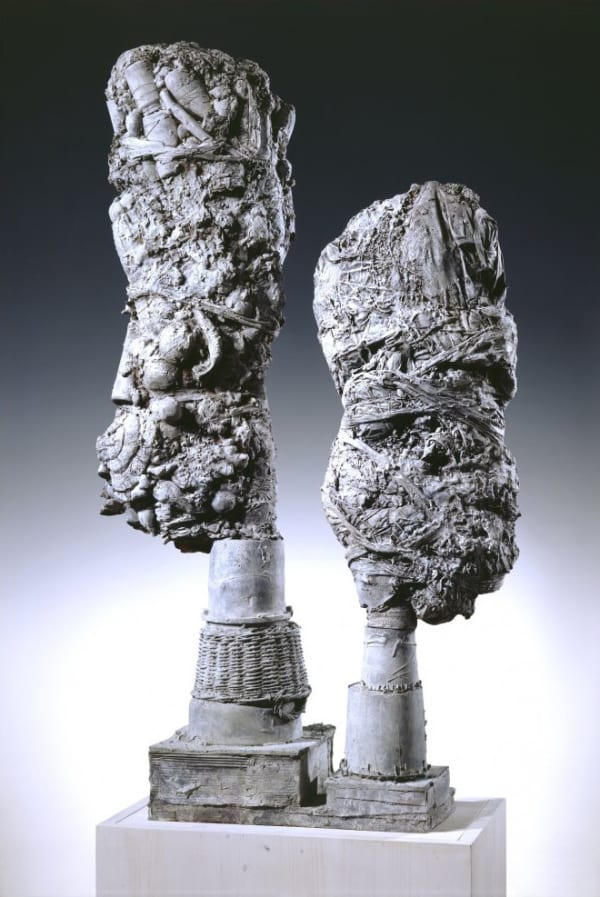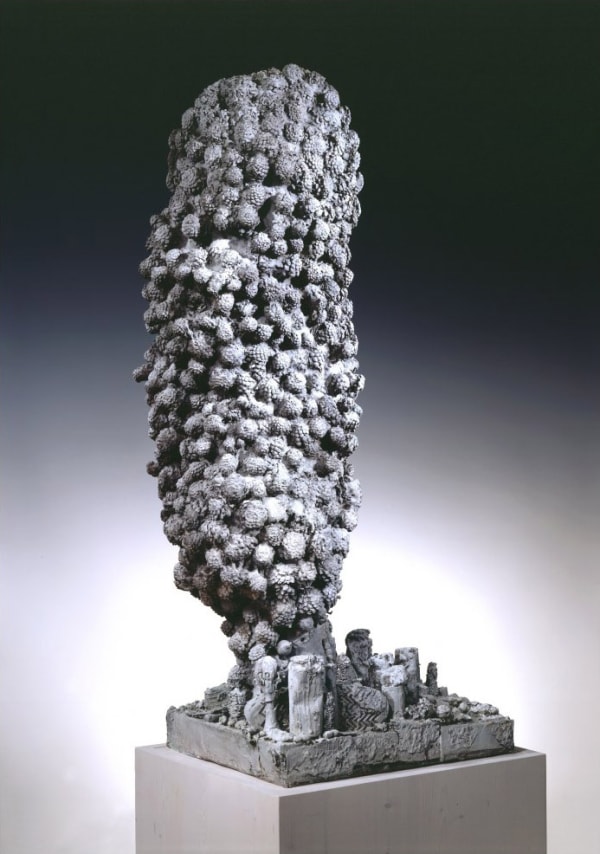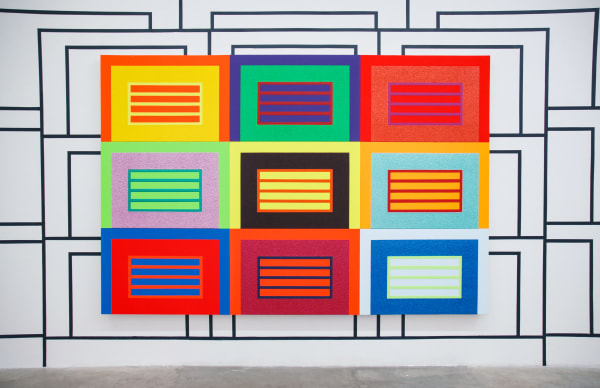Tal R. House of Prince : Personal Exhibition
-

Working across a wide range of media—including painting, drawing, collage, printmaking, and sculpture—Tal R resists confinement to a single style. Instead, he embraces what he calls a “kitchen-sink” approach to art-making, marked by experimentation, improvisation, and the joyful collision of high and low culture.
-
Tal R
Download press release
CONTACT
 Email
Email
 Moscow
MoscowBorn in Tel Aviv in 1967, Tal R moved to Denmark at a young age and has since become a distinctive voice in contemporary European art. He studied at Copenhagen’s Billedskolen (1986–1988) before completing his formal training at the Royal Danish Academy of Fine Arts, where he graduated in 2000. Since 2005, he has served as a professor at the Düsseldorf Art Academy, continuing to influence new generations of artists.
“I do painting a bit like people make a lunch box. I constantly have this hot-pot boiling and I throw all kinds of material into it…” — Tal R
Tal R’s work draws on an eclectic array of sources: childhood memories, urban landscapes, folklore, myths, and modernist art history. His vibrant, often dreamlike compositions depict imaginary or symbolic versions of everyday life, filtered through a lens of neo-expressionism and steeped in the northern European tradition of artists such as Edvard Munch, Asger Jorn, and Georg Baselitz.
Describing his style as “Dirty Minimalism,” Tal R frequently uses the Yiddish word kolbojnik—meaning “leftovers” or “scraps”—to characterize his practice of repurposing visual detritus. Whether assembling canvases from glued fabric or using inexpensive materials like felt-tip pens, fountain ink, and plasticine, he celebrates the humble and the handmade. This approach is both instinctive and deliberate, layering references to Expressionism, Fauvism, Symbolism, Art Nouveau, Outsider and Naïve art, and even so-called Degenerate Art.
Tal R’s visual language often mixes geometric abstraction with raw, gestural mark-making, creating tensions between control and spontaneity, form and distortion. His works are simultaneously accessible and enigmatic—inviting viewers into strange, ambiguous worlds where the familiar becomes unfamiliar.
“Good art has a tendency to make people quiet. Good art challenges and seduces you to listen to something you don’t understand. Good art is always in the valley and outside the valley at the same time. Good art arises from somewhere deeply subjective, but finishes objectively. Good art will break the aforementioned rules.”
— Tal R
-
Exhibited Works
-
-
Artist
-
-
Explore More
